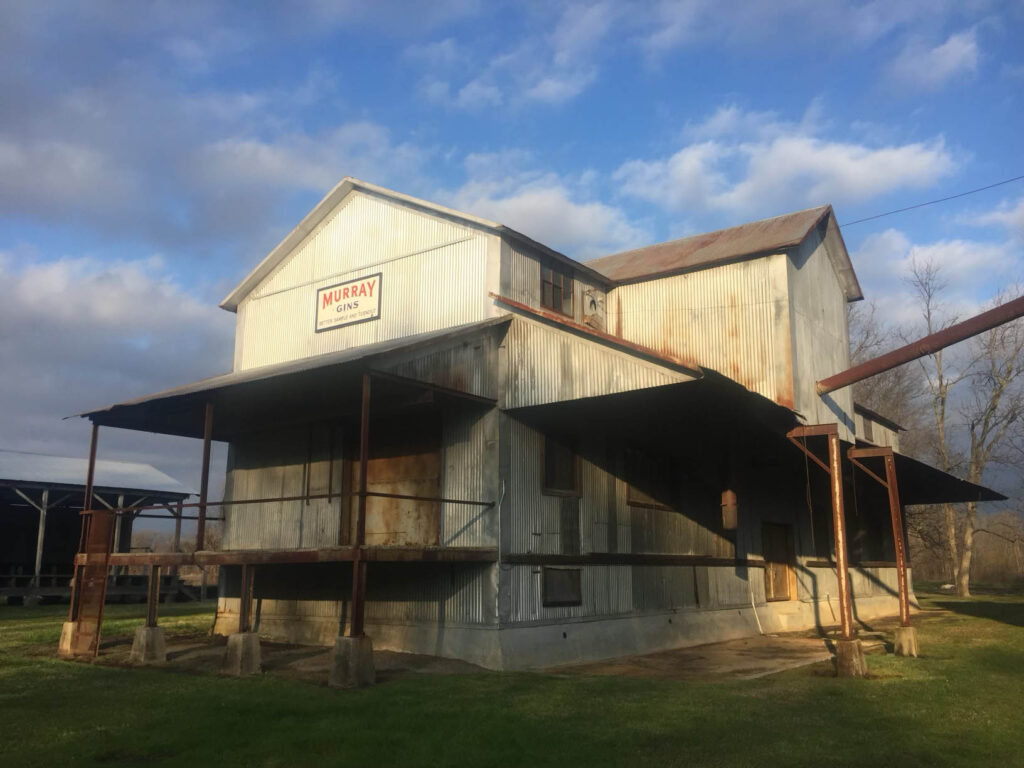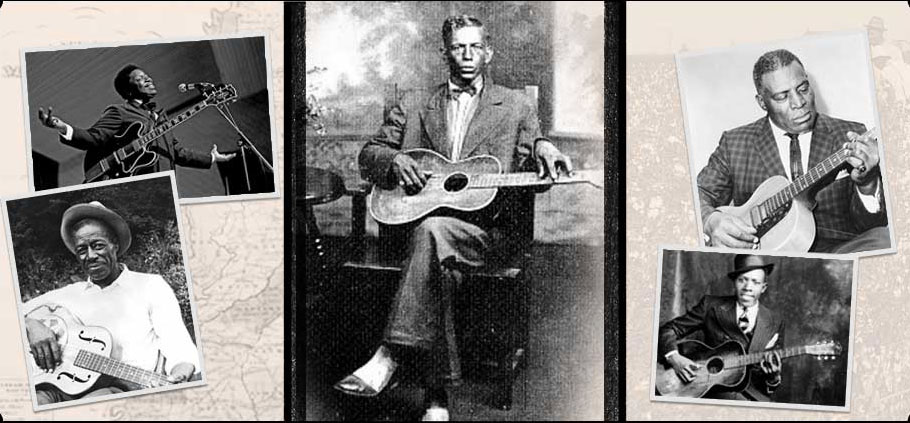WHERE IT ALL BEGAN...
Will Dockery Sets Out for the Delta
Around 1885, fresh out of college and ready to make his mark on the world, Will Dockery left his parents’ farm. With a gift and parting words from his grandmother, “Will,” here’s a thousand dollars and the world to make a living in, and that’s all we can do for you” and credit from an uncle who was in the cotton business in Memphis, he ventured to Cleveland, Mississippi, a small settlement near the Sunflower River. As a first step, Dockery bought land and a sawmill and went into the local lumber business. Photo: Cotton field in the Mississippi Delta

Establishing a Cotton Farm
By 1895, Will Dockery owned 40 square miles of land, bisected by the river. While much of the property was wooded and wild, not cultivated land, he optimistically named it Dockery Farms in hopes of it becoming a successful plantation. Succeed he did, and in the 1920s and ’30s, Will Dockery and his farm workers designed and built most of the structures that stand there today. The materials used were typical of the time, including cypress wood frame construction with corrugated tin roofs, cypress siding, corrugated tin siding and asphalt brick image roll siding. These buildings remain as outstanding examples of Mississippi Delta plantation architecture in the early 20th century.
Where the Blues Began
Dockery Farms is considered by many, including blues legend B.B. King, to be the birthplace of the blues. While there is no absolute certainty where the blues had its beginnings, there is widespread agreement among artists, fans and scholars of this music that Dockery Farms was pivotal for the development and eventual spread of the blues throughout America. This historic plantation community, located in the heart of the Mississippi Delta, was established by Will Dockery in 1895 to produce cotton – America’s most important export of the 19th and early 20th century. African Americans who came to Dockery Farms to cultivate cotton created a culture through their work in the fields that inspired the music we know as the blues.

All Rights Reserved 2022
